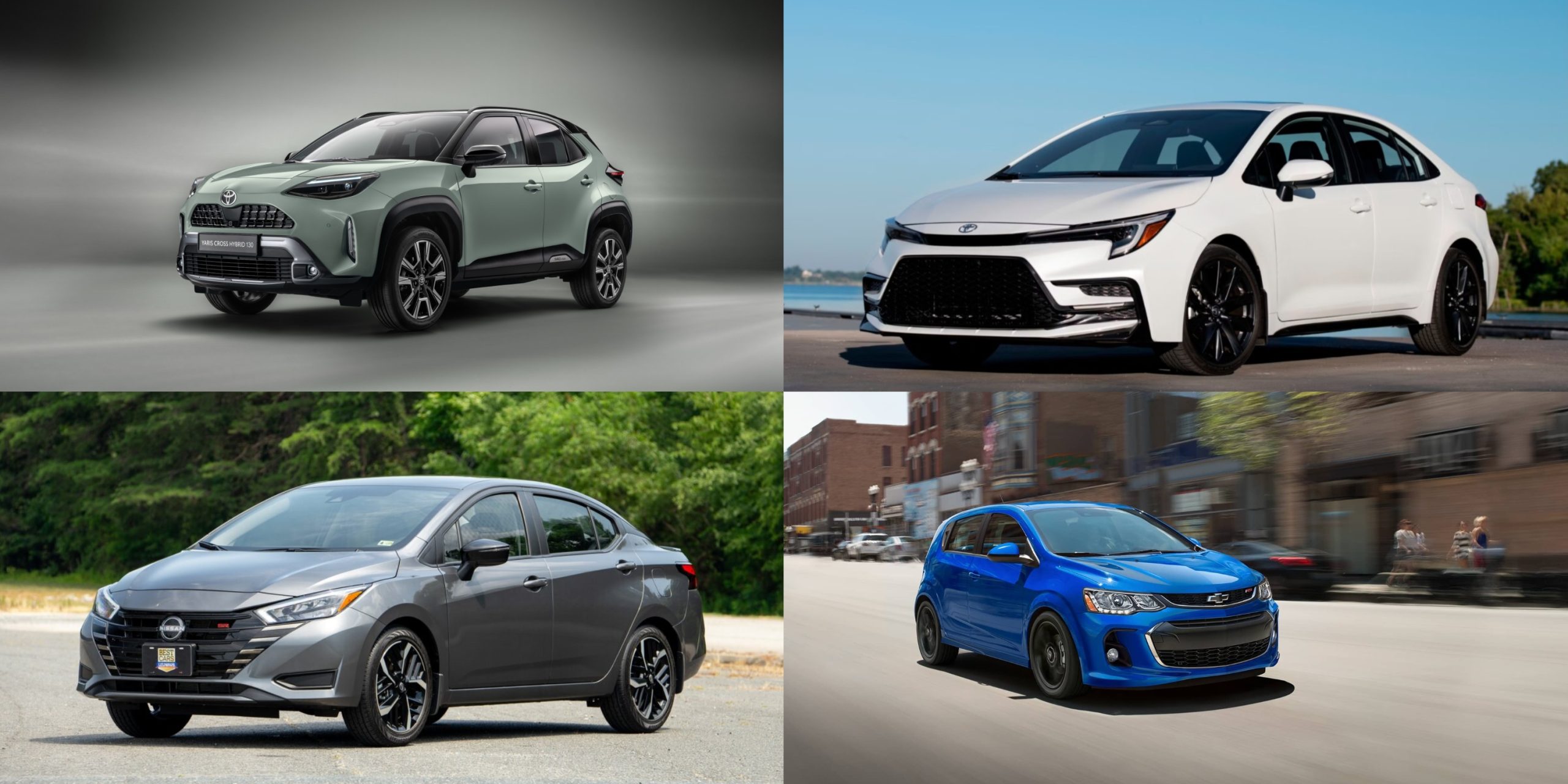Affordability is often the first box car shoppers want to check. But if a budget-friendly price comes at the expense of long-term reliability, that “great deal” can quickly turn into a financial sinkhole.
Whether you’re a student buying your first car, a commuter looking for something economical, or someone who simply wants peace of mind without a luxury car payment, durability matters. A car that’s cheap to buy but expensive to own over time isn’t really a bargain.
Fortunately, some manufacturers have mastered the art of building affordable vehicles that go the distance. These are the cars you see with over 200,000 miles on the odometer, still cruising down the highway like they just rolled off the lot.
They’re often simple in design, easy to maintain, and supported by years of proven reliability. These are the unsung heroes of the used car market — the cars you want to buy and keep for the long haul.
On the flip side, not every cheap car is a smart buy. Some vehicles, even when brand new, are plagued with poor build quality, unreliable powertrains, and frustrating electrical problems.
While their sticker price might look appealing, their history of breakdowns, recalls, or rapidly declining resale value makes them more trouble than they’re worth. These cars may fall apart before they even make it to 100,000 miles, costing you far more than their initial savings.
In this guide, we’re taking a look at five affordable cars that are known for outstanding longevity, followed by five budget-friendly vehicles that have a reputation for falling apart way too soon. Let’s take a look at which models deserve your trust — and which ones to avoid at all costs.
Also Read: 10 Cars Still Running After a Million Miles That Prove Maintenance Matters
Affordable Cars With Great Longevity
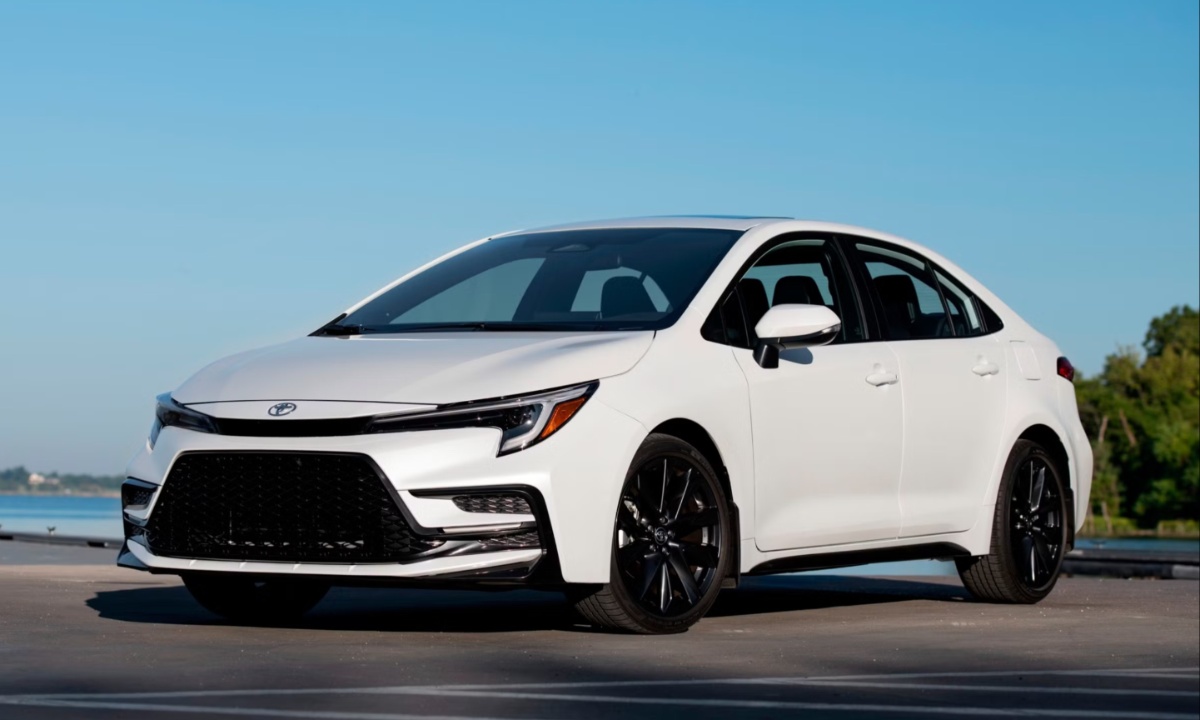
1. Toyota Corolla
When it comes to affordable longevity, the Toyota Corolla stands in a league of its own. For decades, the Corolla has been the go-to option for drivers who want a no-nonsense car that just works — and keeps working. It’s built with Toyota’s legendary reliability, conservative engineering, and a focus on durability over gimmicks.
Many Corollas are known to surpass 300,000 miles with routine maintenance, making them one of the most dependable vehicles in the world.
What makes the Corolla so reliable is its simplicity. Its engines — like the 1.8L 4-cylinder — are well-tested, naturally aspirated, and non-invasive to repair. There’s no turbo to fail, no complicated electronics to cause havoc, and no luxury features that tend to break down over time.
Combine that with smooth, bulletproof transmissions and low-cost replacement parts, and you’ve got a car that’s cheap to own and easy to keep on the road.
Corollas also benefit from excellent resale value and strong aftermarket support. Even in older models, you’ll find parts readily available and plenty of DIY guides online. Whether you’re a student, rideshare driver, or just someone looking for dependable wheels, the Toyota Corolla is a car you can buy with confidence — and likely keep for a decade or more without worry.
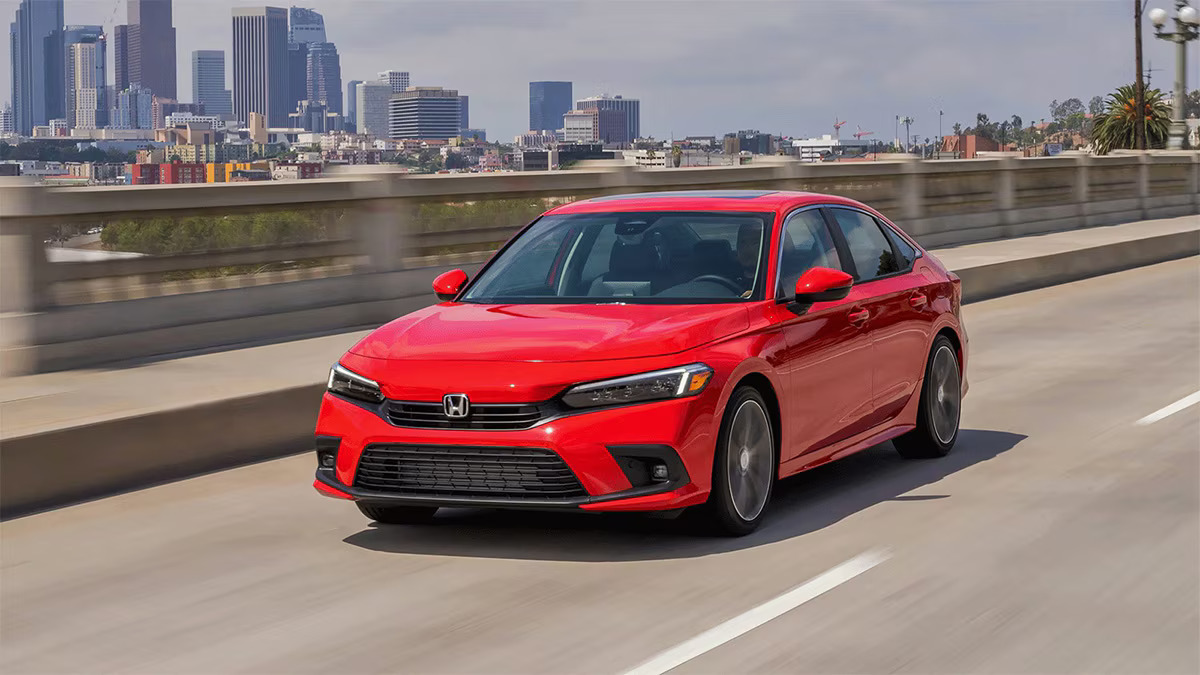
2. Honda Civic
Another name synonymous with reliability is the Honda Civic. Whether you’re driving a late-’90s model or a recent release, Civics are known for their long-term reliability, strong fuel economy, and affordability.
Honda’s meticulous attention to engine design and transmission performance means the Civic can routinely exceed 200,000 miles with minimal mechanical trouble, making it a favorite among commuters, college students, and gearheads alike.
What gives the Civic its reputation is Honda’s engineering philosophy: build it right, and build it to last. The Civic’s engines, especially the naturally aspirated 1.6L and 1.8L variants, are exceptionally resilient.
Timing chains instead of belts, precise machining, and simple, proven components result in cars that just don’t quit. Regular oil changes and basic maintenance are usually enough to keep a Civic running reliably for years.
And if you ever do need repairs, you’re in luck — the Civic is one of the most modifiable and supported vehicles on the road. Parts are everywhere, labor is cheap, and there’s a huge community ready to help. Whether you’re buying new or looking for a dependable used car under $10,000, the Civic is one of the safest bets you can make in terms of longevity.
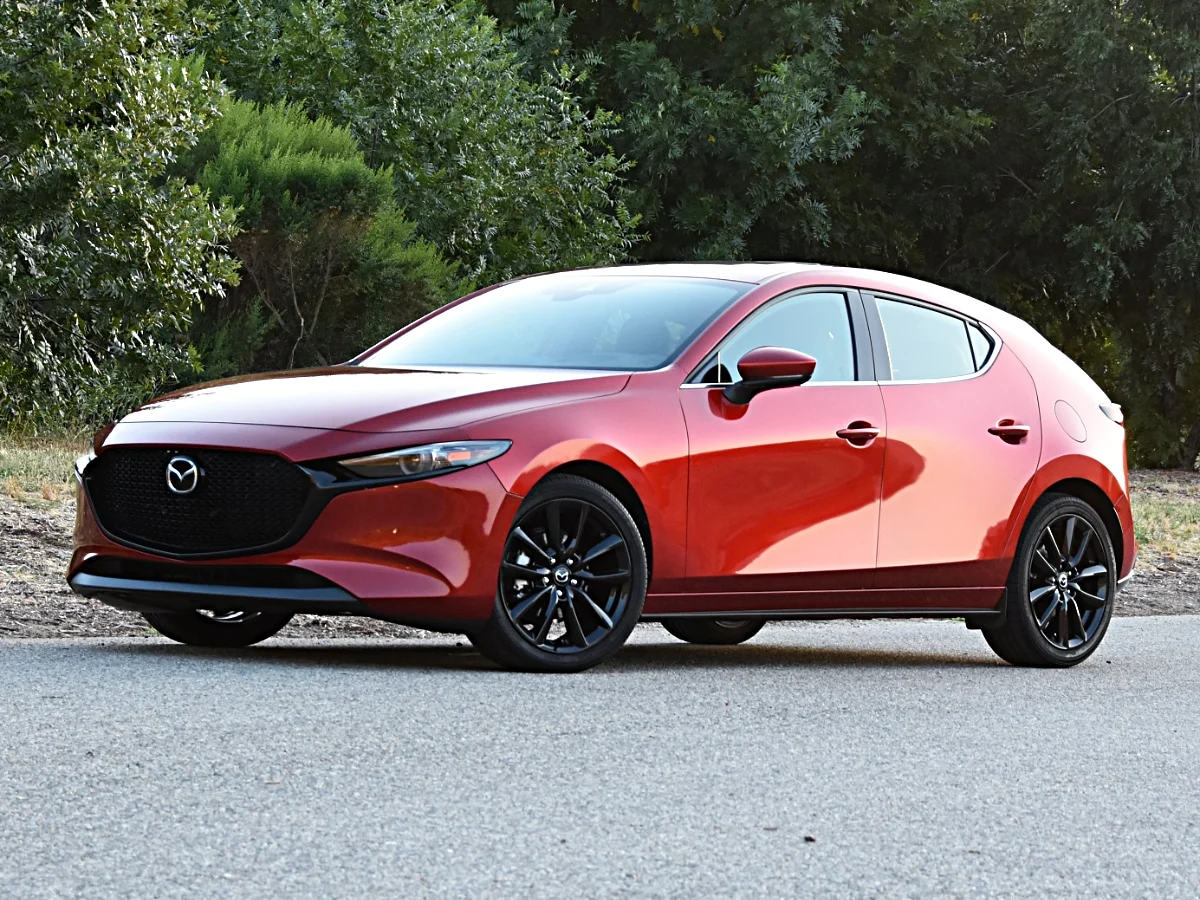
3. Mazda3
Mazda often flies under the radar when people talk about reliable cars, but the Mazda3 has quietly built a reputation for long-term value and driving enjoyment. Unlike some competitors that sacrifice performance for economy, the Mazda3 manages to be both fun to drive and impressively durable.
Models from the mid-2000s and newer, especially those with the 2.0L or 2.5L naturally aspirated engines, have proven to be reliable workhorses that easily push past 200,000 miles with proper care.
What helps the Mazda3 stand out is its build quality. The interior materials hold up well over time, the suspension components are robust, and the drivetrain doesn’t tend to develop issues unless it’s been abused. In newer models, Mazda’s SkyActiv technology improves both efficiency and engine longevity by optimizing combustion and reducing mechanical stress.
Another bonus? The Mazda3 maintains the feel of a much more expensive vehicle. You get sharp handling, solid construction, and good road feedback — without sacrificing long-term dependability. It’s a rare balance of excitement and endurance, making it one of the best-kept secrets in the affordable car space.
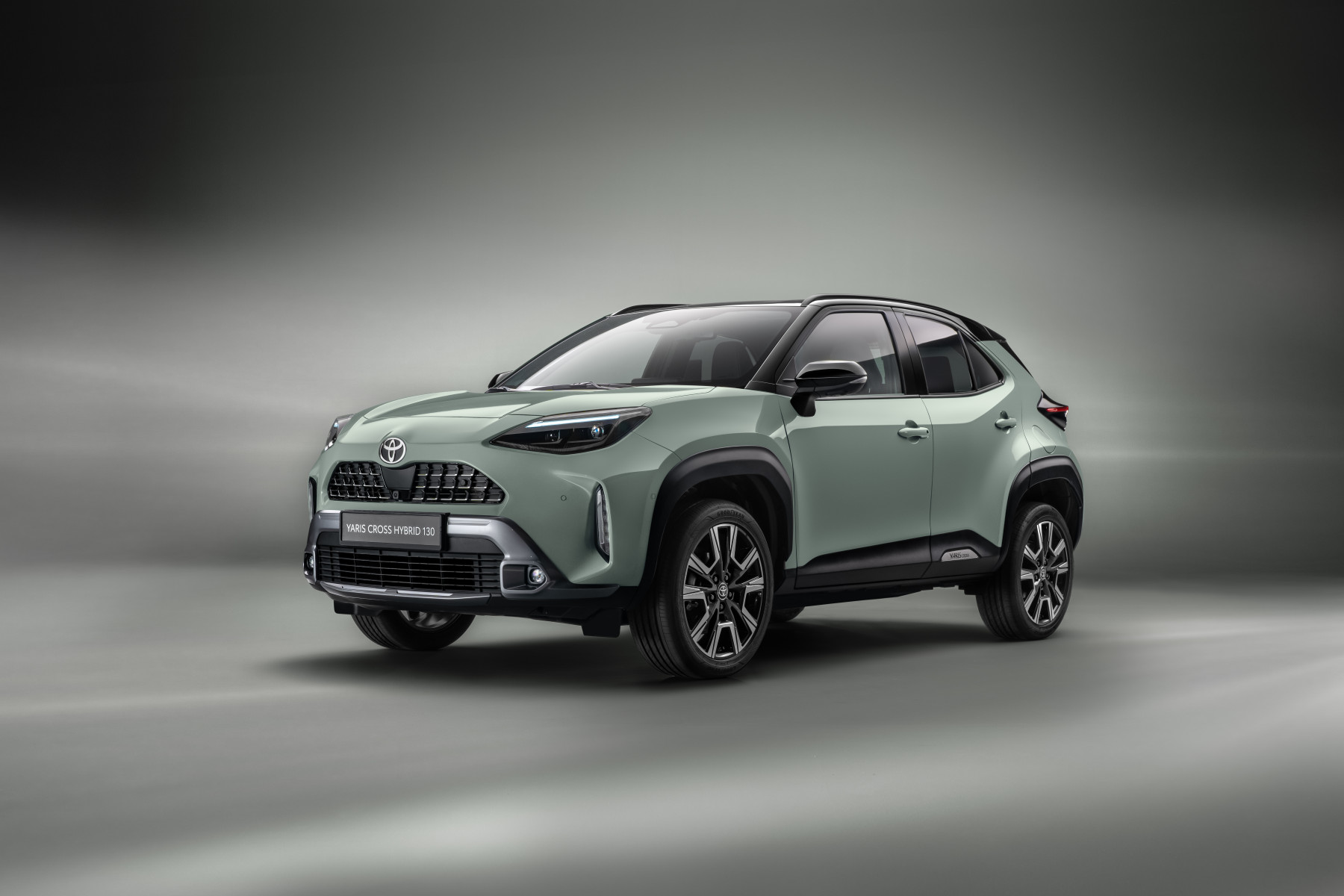
4. Toyota Yaris
If you want basic, reliable transportation that refuses to quit, the Toyota Yaris deserves your attention. Built on Toyota’s proven small-car platform, the Yaris focuses on economy, simplicity, and low running costs — all while maintaining Toyota’s famous build quality.
Despite its compact size and budget-friendly pricing, the Yaris is known to last over 200,000 miles with routine care, making it a favorite among urban commuters and delivery drivers.
The secret to the Yaris’ longevity lies in its mechanical straightforwardness. There’s no forced induction, no CVT in earlier models, and no fancy gadgets to break.
The 1.5L inline-4 engine is a marvel of simplicity, offering just enough power to get you where you need to go without stressing the drivetrain. It’s easy to service, forgiving to abuse, and fuel-efficient even by today’s standards.
Because of its reliability, the Yaris enjoys strong resale value and minimal downtime. Insurance is cheap, parts are abundant, and it’s known for passing inspections without major surprises. While it may not win any drag races, the Yaris quietly earns its place as one of the most dependable compact cars you can buy, especially when you’re on a tight budget.
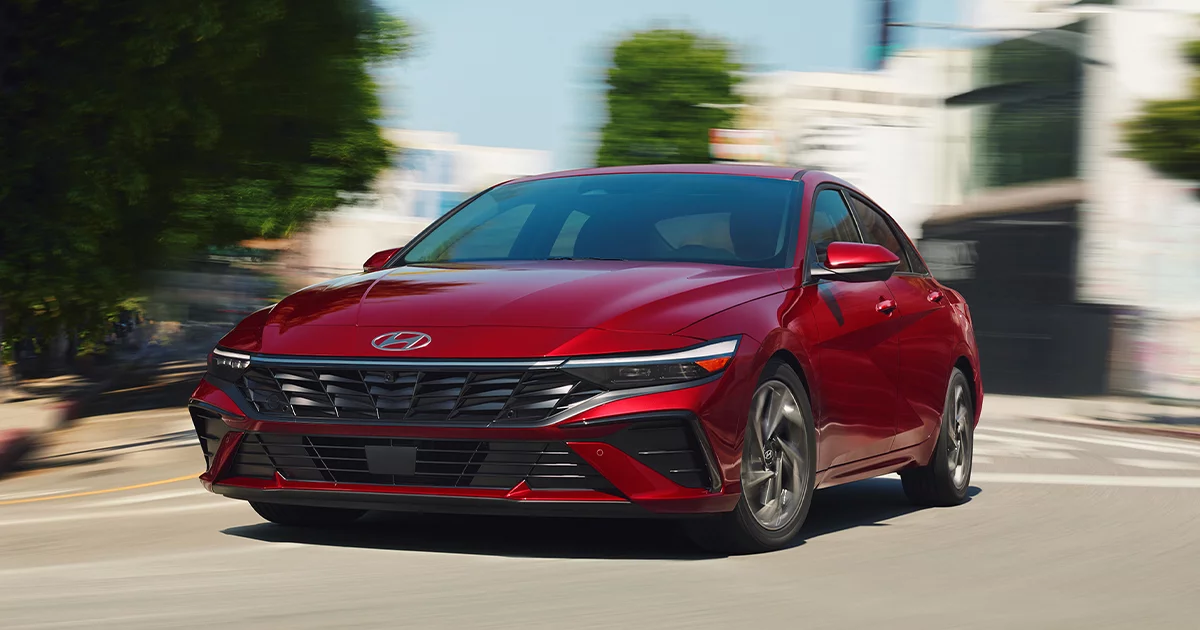
5. Hyundai Elantra (2011–2016)
Once the underdog of the affordable car world, Hyundai has made huge strides in the past two decades, and the 2011–2016 Elantra is a prime example. Offering a great mix of affordability, comfort, and surprising longevity, these models have proven that Hyundai’s quality has improved dramatically.
While older Elantras struggled with reliability, this generation corrected many past issues, making them an excellent budget option that often lasts well into the 150,000–200,000 mile range.
Hyundai kept the Elantra’s powertrains fairly simple: naturally aspirated 1.8L or 2.0L engines paired with traditional automatics or manuals. With proper maintenance, these engines are quite durable and tend to hold up well over time.
The chassis and suspension systems are also decently robust, and the interior materials, while not luxury-grade, resist aging better than many competitors at the price point.
Perhaps the biggest upside? Value for money. The Elantra typically offers more features than its competitors — things like Bluetooth, heated seats, and even navigation — without sacrificing dependability. Combined with Hyundai’s generous warranties (when new) and lower repair costs, it’s a great long-term bet for anyone who wants more for less.
Affordable Cars That Fall Apart Fast
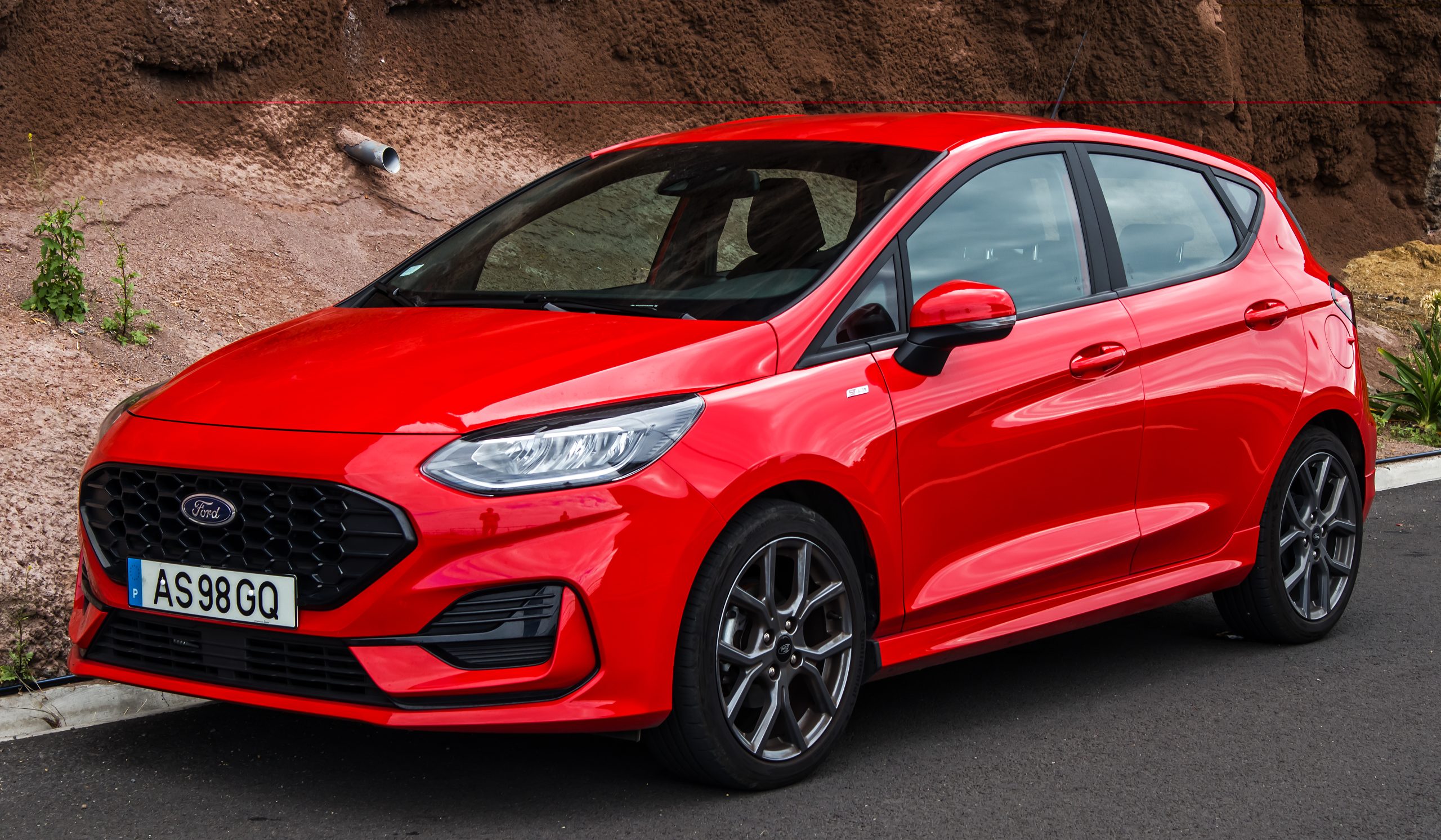
1. Ford Fiesta (2011-2017)
The Ford Fiesta has long been touted as an affordable, fuel-efficient subcompact car — and for good reason. However, when it comes to long-term reliability, many owners of the 2011–2017 models have found themselves dealing with repeated and expensive repairs.
The most prominent issue with these cars is the problematic dual-clutch automatic transmission, often referred to as the “PowerShift” transmission. While Ford promised smooth shifting, many Fiesta owners reported jerking, hesitation, and in some cases, complete transmission failure, sometimes as early as 40,000 miles.
Transmission issues aside, the Fiesta also suffers from several electrical gremlins, such as malfunctioning power windows, faulty sensors, and issues with the ignition system.
The suspension components are also prone to early wear, especially on rougher roads, which can cause costly repairs. Additionally, the 1.6L engine, while decent for city driving, is prone to oil consumption and requires frequent checks and maintenance.
Despite its low initial cost and good fuel economy, the Fiesta’s long-term durability is seriously lacking. Many owners report spending more money on repairs than they saved on the car itself. If you’re looking for an affordable used car that’s reliable, the Fiesta likely isn’t the best choice, especially for those who want something that’ll go the distance.
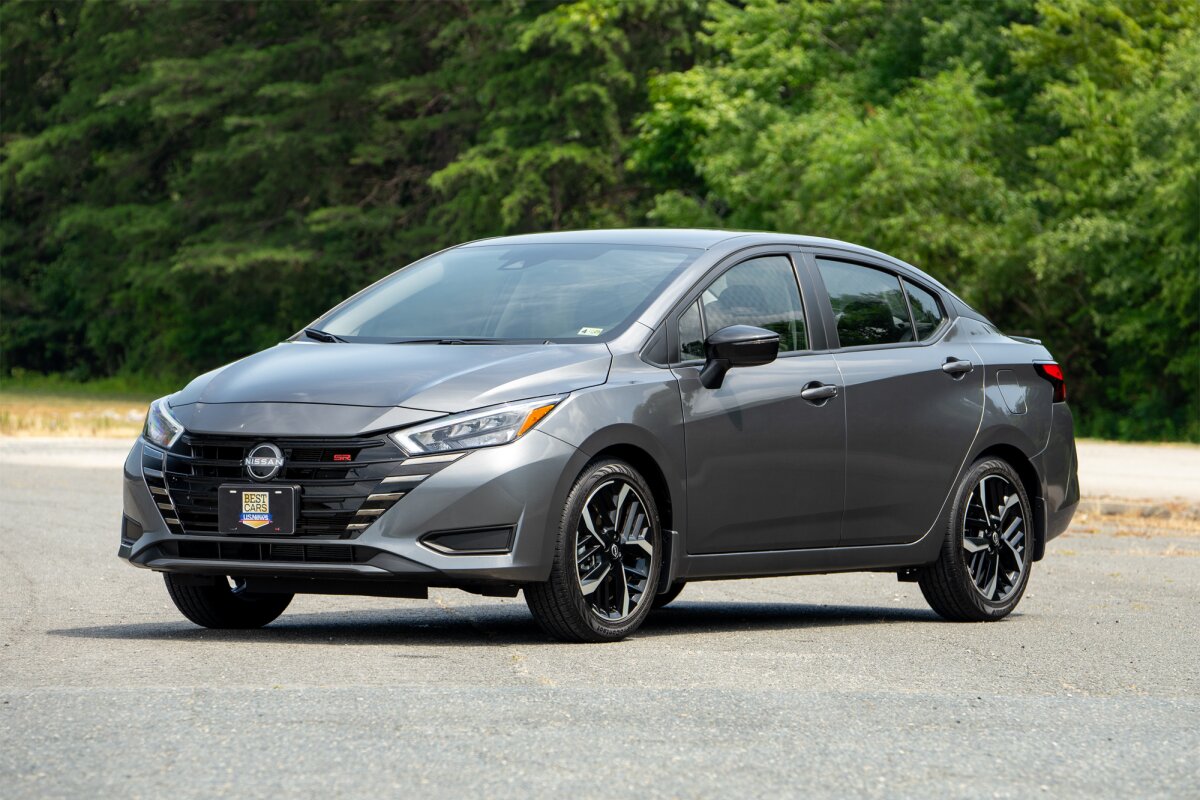
2. Nissan Versa (2007–2019)
The Nissan Versa, known for its affordable price tag and spacious interior, sounds great on paper, but unfortunately, it tends to fall apart quickly in real-world conditions. The 2007–2019 models, in particular, are plagued with issues related to poor build quality and inferior materials.
One of the most common complaints is the issue of premature rusting, particularly in the undercarriage, which can cause structural problems over time. Many owners report rust spots appearing well before the car hits 100,000 miles, especially in regions with harsh winters.
The Versa’s 1.6L engine, while simple, is often underpowered and struggles with performance as it ages. Additionally, the CVT (continuously variable transmission) used in many models tends to fail early, particularly around the 100,000-mile mark. When the CVT starts to go, it can lead to expensive repairs or, in some cases, the need for a full transmission replacement.
While the Versa remains affordable to buy, its low resale value and high maintenance costs quickly overshadow its initial savings. For those looking for a car that will reliably take them from point A to point B for many years, the Versa doesn’t quite measure up. As it ages, repairs can pile up, making it a poor long-term investment.
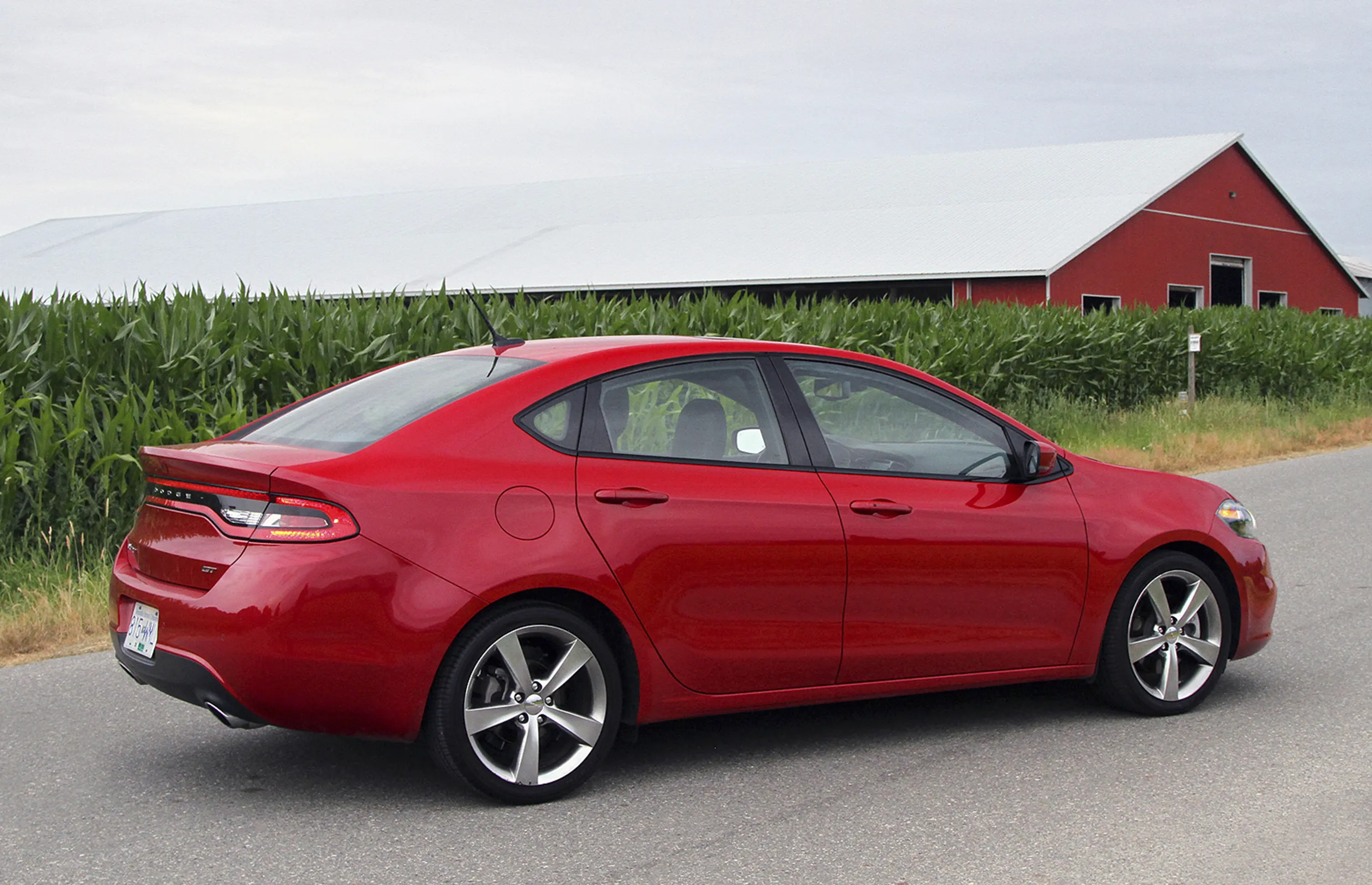
3. Dodge Dart (2013–2016)
The Dodge Dart was introduced as an affordable compact sedan with a modern design and promising performance. However, its brief production run, from 2013 to 2016, has been marked by numerous reliability issues, making it one of the less dependable choices in the affordable car segment.
The Dart suffers from issues with its engine, particularly the 2.4L Tigershark and the 1.4L turbocharged variants, both of which have had problems with excessive oil consumption, head gasket failures, and fuel system malfunctions.
The Dart’s transmission also raises concerns, as many owners report that the 6-speed automatic transmission tends to slip, jerk, or fail.
Additionally, electrical issues such as malfunctioning sensors, faulty airbags, and failing lights have been common complaints, often leading to costly repairs. While the Dart has a sleek design and decent driving dynamics, it’s simply not built to last in the long run.
Dodge’s decision to discontinue the Dart after just a few years was telling — it didn’t manage to make a significant impact in terms of reliability or sales. As a result, the Dart has a reputation for quick depreciation and significant repair costs, making it a bad option for anyone looking for a cheap car that will stand the test of time.
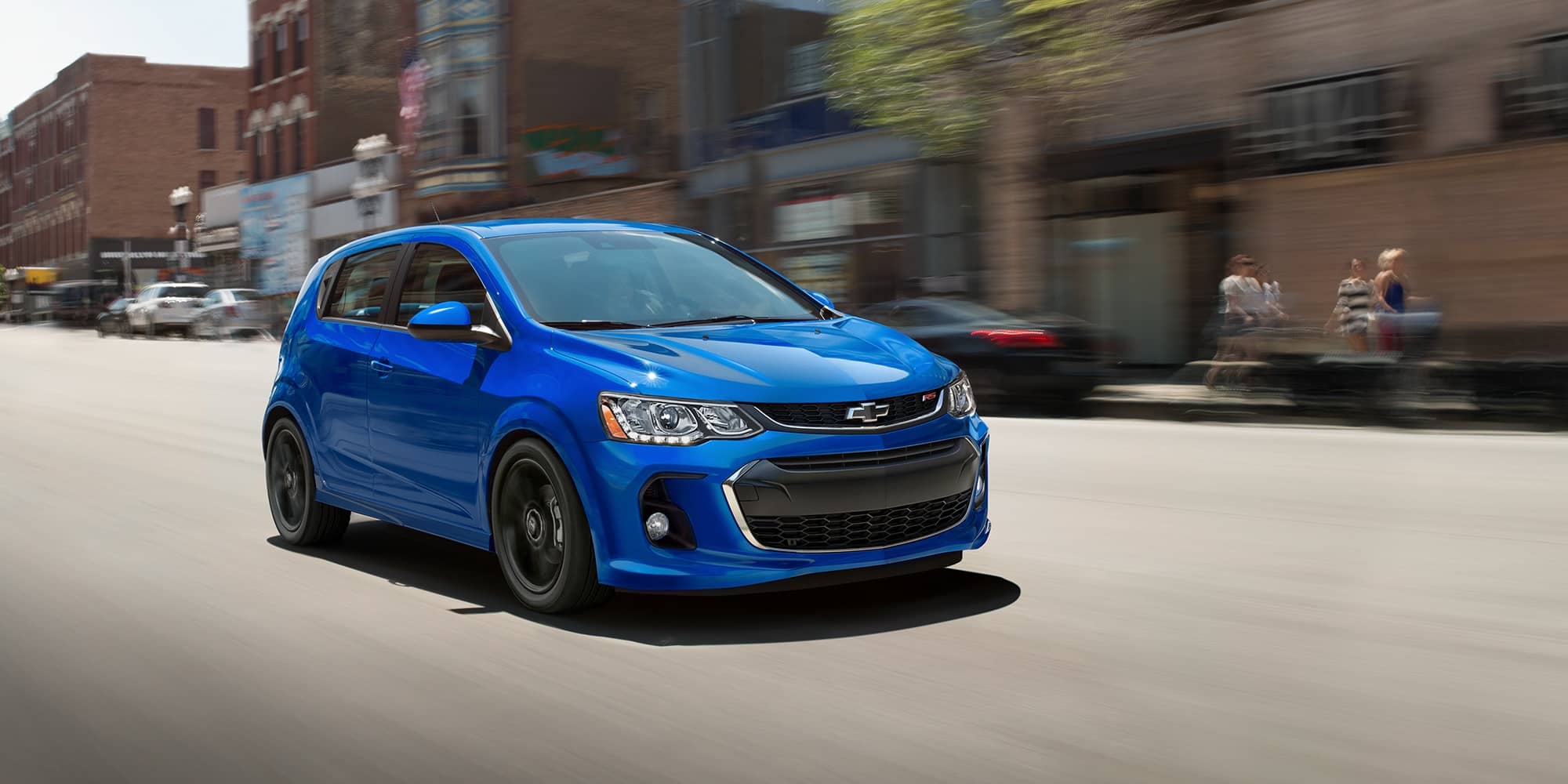
4. Chevrolet Sonic (2012–2017)
The Chevrolet Sonic is another budget-friendly car that many drivers consider for its low purchase price and compact size. However, the 2012–2017 models have proven to be more trouble than they’re worth in terms of longevity.
One of the most frequent problems with the Sonic is its engine, particularly the 1.8L 4-cylinder and the 1.4L turbocharged variants. These engines are known for excessive oil consumption and a tendency to overheat, which leads to potential engine damage and expensive repairs down the line.
In addition to engine issues, the Sonic also suffers from electrical problems, including malfunctioning power windows, dashboard lights, and faulty sensors.
The car’s suspension system isn’t particularly robust either, and premature wear on suspension components often leads to costly repairs. The Sonic’s ride quality also takes a hit over time, as interior rattles and creaks become more prominent as the car ages.
Though initially affordable, the Sonic quickly turns into a money pit as it racks up miles. Its low resale value, coupled with ongoing repair issues, means it’s often a better idea to steer clear of this one if you’re planning for the long haul. The Sonic’s tendency to fall apart fast makes it an unreliable option for anyone who needs a car that will last more than just a few years.

5. Chrysler 200 (2011–2017)
The Chrysler 200 was marketed as a sleek, stylish sedan that would be the budget-friendly choice for buyers looking for a mid-size car. However, the 2011–2017 model years have a reputation for rapidly deteriorating once they hit the 100,000-mile mark.
Engine issues are rampant, with many owners experiencing problems with the 2.4L 4-cylinder and 3.6L V6 engines, including excessive oil consumption, timing chain failures, and cooling system malfunctions. These problems are often exacerbated by the 200’s poor build quality, with many components failing prematurely.
One of the biggest red flags with the Chrysler 200 is its transmission. Both the 6-speed automatic and the 9-speed automatic transmission have been known to slip, hesitate, or even fail, leading to costly repairs or even the need for a full replacement.
In addition, the car is plagued by suspension problems, leading to early wear on struts and bushings, and electrical issues, such as problems with the air conditioning and dashboard electronics.
While the Chrysler 200 looks good in theory, its long-term durability is questionable. High repair costs, combined with low resale value, make it a poor investment for anyone looking for a budget-friendly car that will last. With so many critical components failing after just a few years, the Chrysler 200 ranks among the affordable cars that simply fall apart too quickly.
Also Read: 10 Best Hybrid Cars of 2025 That Balance Fuel Efficiency, Reliability, and Everyday Comfort
While affordability is an important consideration when purchasing a car, longevity and reliability should always be prioritized. Cars like the Toyota Corolla, Honda Civic, and Mazda3 have earned their reputation for lasting hundreds of thousands of miles with minimal issues, making them solid choices for anyone looking for a car that will keep running year after year.
On the other hand, models like the Ford Fiesta, Nissan Versa, and Dodge Dart may initially seem like a great deal, but their poor long-term reliability and tendency to fall apart fast often make them a financial burden.
The key to getting the most value out of your car is choosing one that balances low initial cost with excellent durability. So, before you decide on your next vehicle, consider its track record for longevity — it’s not just about the price tag, but how much you’ll have to spend on repairs down the line.

